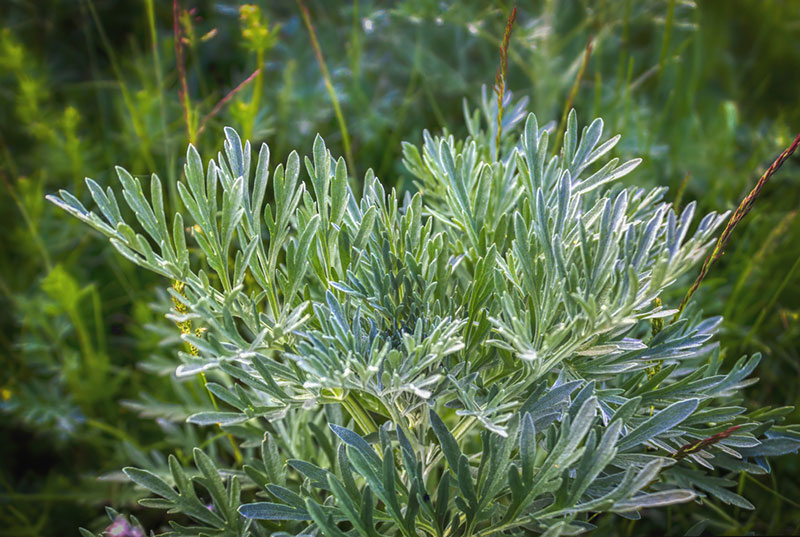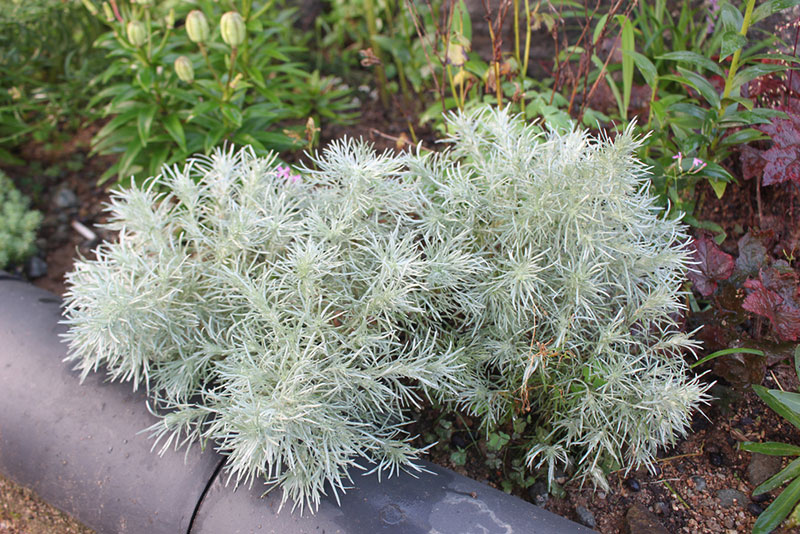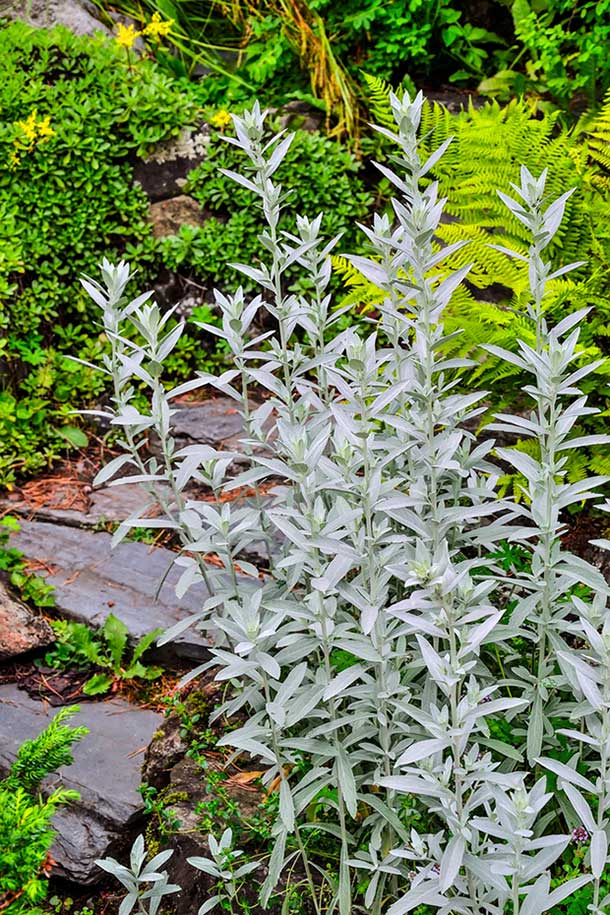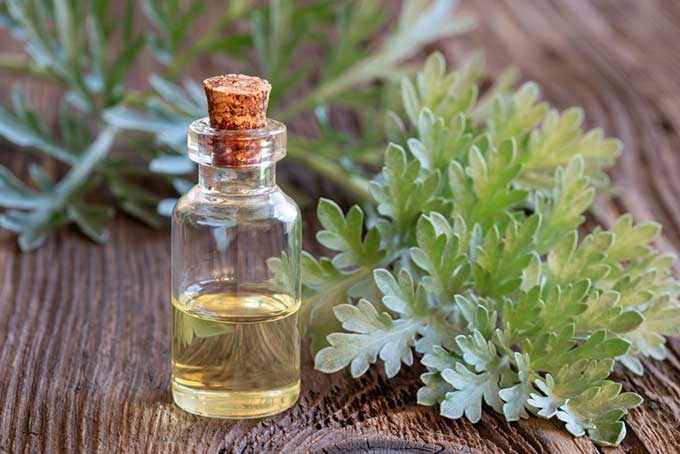
Artemisia is a large genus consisting of over 300 perennial, biennial, and annual shrubs and herbaceous plants. Although these plants don’t have large, vibrant flowers, many gardeners grow them as excellent foliage plants to use their leaves to complement their more colorful plants.
Their stems and leaves vary in size and shades of green and have thin hairs. Some variants have smaller flowers that self-pollinate through the wind.
Some familiar names of Artemisia varieties include mugwort (Artemisia vulgaris), wormwood (Artemisia absinthium), southernwood, and sagebrush.
Although some people grow Artemisia for decorative purposes, many varieties have been used for culinary and medicinal practices. For instance, doctors use Artemisia annua, also known as wormwood, to reduce inflammation and treat malaria and cancer.
Although Artemisia grows best during the spring, it can develop at any time of the year. Its USDA Plant Hardiness Zone ranges between zones 4 to 10, depending on the species. The plant blooms between August and September, typically in temperate zones with dry or semi-arid climates.
Some people consider this plant an invasive plant due to its extensive range and rapid growth rate. However, when controlled by responsible gardeners, it complements the most colorful garden spaces. You can also grow it indoors if you live in colder areas.

Artemisia Care
Although Artemisia is a low-maintenance plant that thrives well in several environments, there are still several things you must consider when caring for them at home.
They can survive in dry, well-drained soil and enjoy total exposure to sunlight. Distance each plant one to three feet apart from each other to avoid cramping.
Light
In most gardens, Artemisias prefer at least six hours of direct sunlight every day. However, some variants can thrive in partial shade and sunlight, as long as they get about two hours of natural light per day.
Water
Most Artemisia plants are drought tolerant and don’t require much watering when they reach full maturity.
However, you should water them once every week during their first summer to keep their soil sustainable. During the winter, you should provide moisture for them, so they don’t wither.
Temperature and Humidity
Artemisia grows best in temperate zones, making them one of the most easy-distributed plants in the world.
Several species can develop during the winter but might need to be moved indoors in areas with colder temperatures. It would be best to grow them after the frost dissipates to ensure the safest conditions for them.
Artemisia can also withstand dry and humid conditions quite well. Its hardy and drought-resistant nature lets it thrive in places with the poorest soil conditions.

Soil
Artemisia grows best in soils with neutral pH levels between 6.0 and 8.0. Most Artemisia species prefer dry soil with excellent drainage, but some grow in a rocky, sandy, or loamy soil. Soil with excessive moisture can stunt the plant’s growth or reduce its lifespan.
Fertilizer
Artemisia plants don’t require fertilizer to help them grow; they don’t like growing in rich soil because it can damage them after prolonged periods.
Is Artemisia Poisonous?
Some Artemisia variants can be harmful to humans if consumed in large quantities. All plant parts contain toxins that can cause kidney failure, nausea, diarrhea, vomiting, seizures, and digestive issues.
In addition, while safe for human consumption, tarragon‘s essential oils are toxic to dogs and cats.

Some Artemisia plants can cause mild skin irritations if you come into contact with them. When handling Artemisia in your garden, it would be best to wear protective clothing.
Potting and Repotting Artemisia
In harsh winter conditions, you can grow Artemisia indoors. Consider placing them in large pots or containers that can support their root balls and have excellent drainage.
The ideal period for placing Artemesia in pots is during fall. During this time, give it moderate sunlight and water it monthly to prevent oversaturating the pot’s soil.
Then, after the last batch of winter frost ends, you can transport them back into the soil to grow in sunny and dry conditions.
If you prefer keeping Artemesia in pots, increase the water intake gradually as local temperatures rise during spring’s arrival. When inserting your Artemisia into the pot or soil, dig a hole large enough to fit the plant’s root ball.
Propagating Artemisia
Although some gardeners might have issues propagating Artemisia from seeds due to their genetic makeup, one of the less complicated approaches you can use is by dividing the plant’s strongest-looking roots or cuttings.
Every two to three years, divide the plants when their centers begin dying out. The best period for completing this process is during the spring or fall, depending on your plant’s growing conditions.
Pruning and Deadheading Artemisia
The best time to prune Artemisia is during spring or fall. They tend to droop after flowering, so trimming them to keep their shape consistent is something you should consider doing to prevent uncontrollable growth. It would also be wise to prune leaves damaged by mildew or pests.
Deadheading Artemisia is optional but might be ideal for gardeners who prefer keeping their plants’ appearance consistent with the rest of their greenery.




